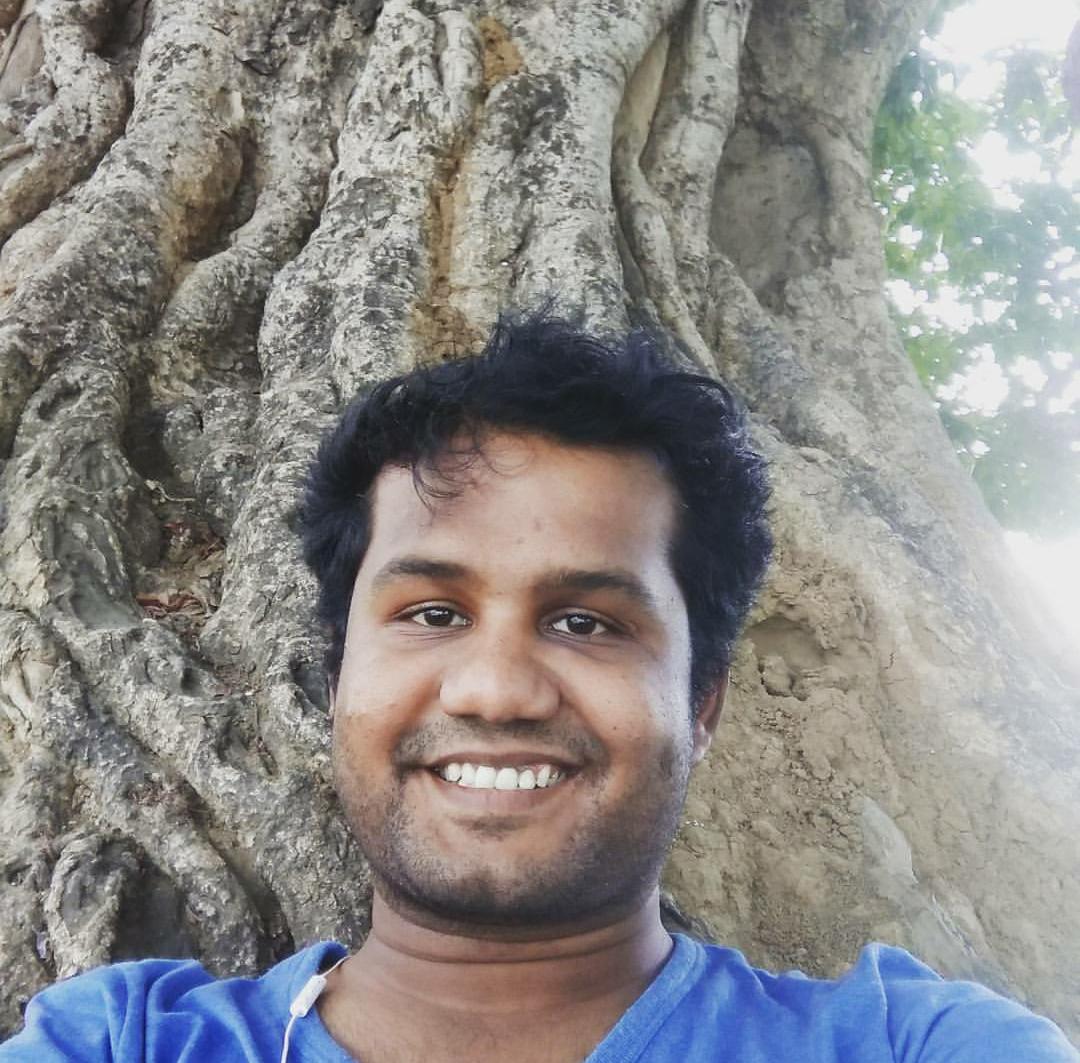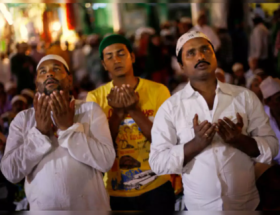Gaurav Somwanshi

This piece is in continuation with its previous part, the fourth question in a series of seven, but it can be read independently too. This is going to be the longest question to attempt an answer.
4. You can only be destroyed by believing that you really are what the white world calls a nigger.” ~ James Baldwin1
Before we take up the question, let us look at how one engages with one’s own identity of belonging to an oppressed background, and though I speak from a personal angle I hope it will be relatable. My own assertion of who I am, and also a rejection of who I am not, takes place in response to the strains of casteism around me. Let’s look at two such strains.
In the first case, there will be a constant onslaught by the caste society of who they think I am, like an “SC with no merit”, and this is most readily relatable when your surrounding society is orthodox upper-caste. In such instances, rejection of what they say I am is my assertion. In the second case, the situation isn’t so different when your surrounding is liberal upper-caste. In this second strain of casteism, as I became more vocal on caste, there was a constant downpouring of “we’re all humans”, and an acknowledgment of my social location will be denied. Past is past, they’ll tell me. This happens because a major part of the Brahminical ploy has been to erase the history while keeping everything else intact, and as Kuffir wrote, Indian history is such a colossal crime because by depriving the Dalit-Bahujans of any past, it steals their future too. So, quite often, we find ourselves alienated in our own country, as Babasaheb spoke to Gandhi, Gandhiji, I have no homeland2. And not knowing how much we have been and still are been wronged and robbed off, we tend to locate any problem or incapacity within ourselves, in our abilities, in our own capacity to be humans. In such instances, the assertion of one’s social location is paramount to rejecting the caste-society’s erasure of you.
I want to make it clear that both assertions are the same.
For example, take a look at the following excerpt from Madduri Nageshbabu’s poem titled ‘Caste Certificate’3:
‘…my caste certificate
shall become the foreword
of the new history I shall write.’
And also, this following excerpt from Shajahana’s poem titled Laddaafni4 (Dudekula or Laddaaf, is community associated traditionally with cotton carding)
‘When my shouhar doesn’t assume my Dudekula-ness
Why should I bear the stamp of asli Muslim-ness?
When poverty swallowed my dreams and hunger my time,
my childhood, spent sobbing into floor rugs,
learnt only to stitch mattresses,
Why should I grieve
over the Urdu and Arabic I didn’t learn?
Ab sau baar sabke saamne chillaaoongii
haan..main Laddaafni hoon..!
Laddaafni hii rahoongii!!
(Now I’ll scream a hundred times for all,
Yes! I’m a Laddaafni
And will remain a Laddaafni)’
Here, above assertions of one’s social and historical location to make sense of the present and to push back against the burden of brahminical machinery, are exactly the same as echoed in the words of writer-critic Shakarrao Kharat in which he said after his conversion to Buddhism following Babasaheb’s steps:
“I am a Buddhist now. I am not a Mahar nor an untouchable nor even a Hindu. I have become a human being…I am not low-born or inferior. With the acceptance of Buddhism, my untouchability has been erased. The chains of untouchability which shackled my feet have now been shattered. Now I am a human being like all other…..I am now free.”5
As you can see, considering the contexts, the assertion, as well as rejection of one’s social and historical location, could both be the same sentiments. These are the same because they arise as an immune response of the soul (non-religious sense) to the same Brahminical tactic, or बामनी कावा, as Phule wrote6, that one faces daily in one’s life.
Which Brahmanical tactic? The caste society will do either of the two things: when it needs to demoralize or dehumanize you it will either bombard you with caste-based slurs and insults to engrave inferiority in your soul, or, if it is ever faced with the risk of acknowledging its monstrosity it will erase and turn a blind eye to your background when it is exactly and precisely your background which is the cause of your misery and misfortune at that moment. Because a casteist slur and the liberal knee-jerk reaction of “aren’t we all human?” are two sides of the coin.
Now I can move to the actual question, which is not about what we do, but instead, how they have mutated and adjusted their responses to our assertion, using it against us.
‘As long as his game is running, he (White man) obviously knows me. He’s…he’s..I’m playing, you understand. He says jump, I’m saying how high.’~ Nikki Giovanni7
What I’m questioning is the sudden readiness of the mainstream to welcome someone stepping into the shoes of their idea of a Dalit. In the recent celebration of ‘coming out as Dalits’, I am questioning the celebration part and not the ‘coming out’ part. I am wondering about the sudden surge in the usage of the word ‘Dalit’ across Left and Right, media, news editorials, political speeches etc. The academia, whenever it wants to write on caste would begin and end with dalit in their articles, like the practice of writing ||श्री || on top of each page, with hardly any analysis of the caste structure.
Contrast this with a situation from the not-so-distant past. Do you want to know what was making the grand Hindutvavadi Bal Gangadhar Tilak’s8 blood boil in 1930s? Those were the times when the Maharashtrian anti-caste movements had begun using the words Bahujan and ब्राह्मणेतर/ Brahman-etar (meaning “other than Brahman”). In an editorial that was published in his celebrated nationalist newspaper Kesari9, on 26th March, 1930, Tilak wrote in angry frustration against the word saying that such a word like ब्राह्मणेतर must include ‘British and Muslim and “trees” and “non-trees” as well’, making a desperate attempt at mockery. And now contrast this with the present, where the ideological descendants of Kesari are happily and readily publishing so much on ‘Dalit’ and ‘Adivasi’.
How did it come to this? In Babasaheb’s words, how did the fight to reclaim human dignity become an act of proclaiming one’s ‘Dalitness’ as opposed to marking out the Brahmin-savarna? Why am I not a human but a special version of it, a ‘Dalit’, and the ones actually sitting on heaps of looted wealth and grotesque power have the privilege to be nothing but humans in current progressive discourses? Why did the assertion become an act of exotification, or rather, reification? Has this helped caste to mutate instead of being annihilated?
In Gail Omvedt’s PhD dissertation10, she writes, “Ambedkar, for example, would refer to himself as a “non-Brahman scholar”.”
Does he use the potency of a label to make himself stand apart by calling himself a ‘Dalit scholar’, or does he use the power of a label to brilliantly mark out the oppressor, the one who is the actual abnormality, the aberration in humanity, this nation’s blighted history, and in this case this nation’s entire scholarship?
Like some of my friends, I too have felt the pressure to prove on social media how actually real my ‘Dalitness’ is. I know now, that this is not assertion because that is different from the mental burden of constantly having to reiterate to oneself and others that one is the ‘quintessential Dalit’ with a history of oppression and experiences of discrimination and also not name the oppressor in the process. And all of this so that one’s hard-earned status stands justified in the eyes of one’s Brahmin-savarna peers.
Why the pressure to mark out the untouchable and no such pressure to mark out the ones who were not ready to touch? As if one is born that way, and not made that way. Why is there no pressure on the Brahmin-savarna to speak of his or her regressive heritage before speaking authoritatively on what the problems of every oppressed community are? Because again, they exist as full humans or rather meta-human, free from bondage of history and reality, to be whatever he needs to be in order to remain on top in that particular arena.
So, this is not an argument to change some nomenclature in the movement, or a way to seek affiliations. This is just an argument to reassess how we, as either Dalits or persons belonging to any oppressed communities are being made to look at ourselves and speak about ourselves because it affects us even in our most personal introspective moments. Something of us, something within us, a crucial part of the identity of being human, is being robbed by the very route of our identity assertion that now stands policed and guarded by Brahmin-savarna liberals and academia. And before doing anything out there in the field, or on paper, we need to fully reclaim this robbed humanity in our own hearts and minds, and call out the oppressor as being the oppressor.
Why?
Because the logical consequence of the era of the Dalit autobiographies should have been Brahmin-savarna biographies. Biographies that would be penned by people from oppressed groups where they would tear down the palaces of the shastris and landlords. In fact, we had even begun this way, by way of exposure of this brahminical system, if we take the writings of the Jyotiba and Savitrimai Phule as the beginning of the modern era. But somewhere along the way, that part went missing, and we must ask ourselves why? The magnifying glass which was supposed to be used for scanning the mechanisms of the caste system was instead flipped and the ‘Dalit’ or the ‘Adivasi’ were made the sole objects of its twisting and burning glare, ignoring everything else. And especially, ignoring Babasaheb’s essential insight which he wrote in an editorial in Janata, ‘But the base is not the building….If we want to change the base, then the building that has been constructed on it has to be knocked down’. (Janata, 25 June, 1938)
So, why did the base replace the building, why did Dalit become the mascot for the caste system?
Disclaimer: The views mentioned in the article are strictly personal.
~~~
(Part 2 of 3) To Be Continued
References
1. Baldwin, James. The Fire Next Time. New York :Dial Press, 1963.
2. The meeting between Babasaheb Ambedkar and Gandhi on august 14, 1931 at Manibhavan, Malabar Hill, Bombay (transcripts of Gandhi’s talks were routinely made by his secretaries). From Dhananjay Keer, Dr. Ambedkar: Life and Mission, Bombay: Popular Prakashan, 1971 [1954], pp. 164-167. Accessed on 18th August, Accessed at http://www.columbia.edu/itc/mealac/pritchett/00ambedkar/timeline/graphics/gandhi1931.html
3. Excerpts from Kuffir Nalgundwar’s translation of Madduri Nageshbabu’s Telugu poem ‘Caste Certificate‘ (from his collection of poetry ‘velivaaDa‘ Accessed on 18th August, accessed at http://roundtableindia.co.in/lit-blogs/?p=596
4. Excerpts from Kuffir’s translation of the Telugu poem ‘Laddaafni‘ by Shajahana (from the collection of poetry ‘alaava: muslim samskRti kavitvam‘. Accessed on 18th August, Accessed at http://roundtableindia.co.in/lit-blogs/?tag=shahjahana
5. Shah, Ghanshyam, Dalit Identity and Politics. Delhi: Sage, 2011
6. Jyotiba Phule, from समग्रवाङ्मय: महात्माफुले, संपादन: डॉ. प्रतिभाअहिरे, औरंगाबाद: सादप्रकाशन, २०१३ (Jyotirao Phule, Collected Works of Jyotirao Phule, Edited by Dr. Pratibha Ahire, Aurangabad: Saad Publication)
7. Nikki Giovanni & James Baldwin, A Dialogue, transcript of their conversation which was taped for the television program “Soul”, and first shown in United States on WNET-TV, Dec 1971.
8. ‘Tilak, the granddaddy of all Hindutvavaadis’, Gaurav Somwanshi. Accessed on 18th August, accessed at https://tinyurl.com/y7z6lfrh
9. Gail Omvedt, Cultural Revolt in a Colonial Society: The Non-Brahman Movement in Western India, Manohar Publications, 2011. pg. 1
10. Ibid.,pg. 174
~~~
Gaurav Somwanshi is a Consultant in the public sector, IIM Lucknow alumnus, Blockchain Technology enthusiast, independent social activist, and researcher.









